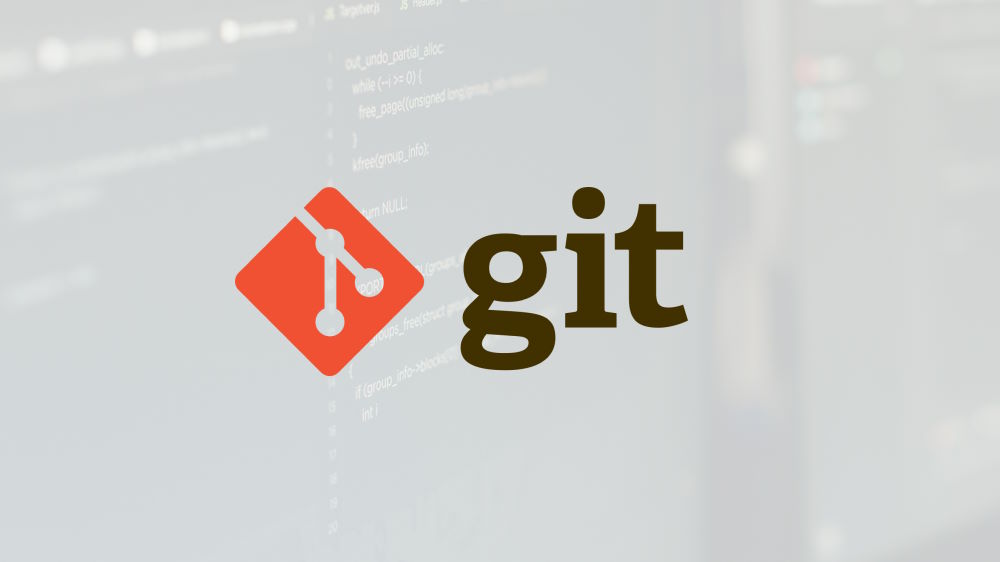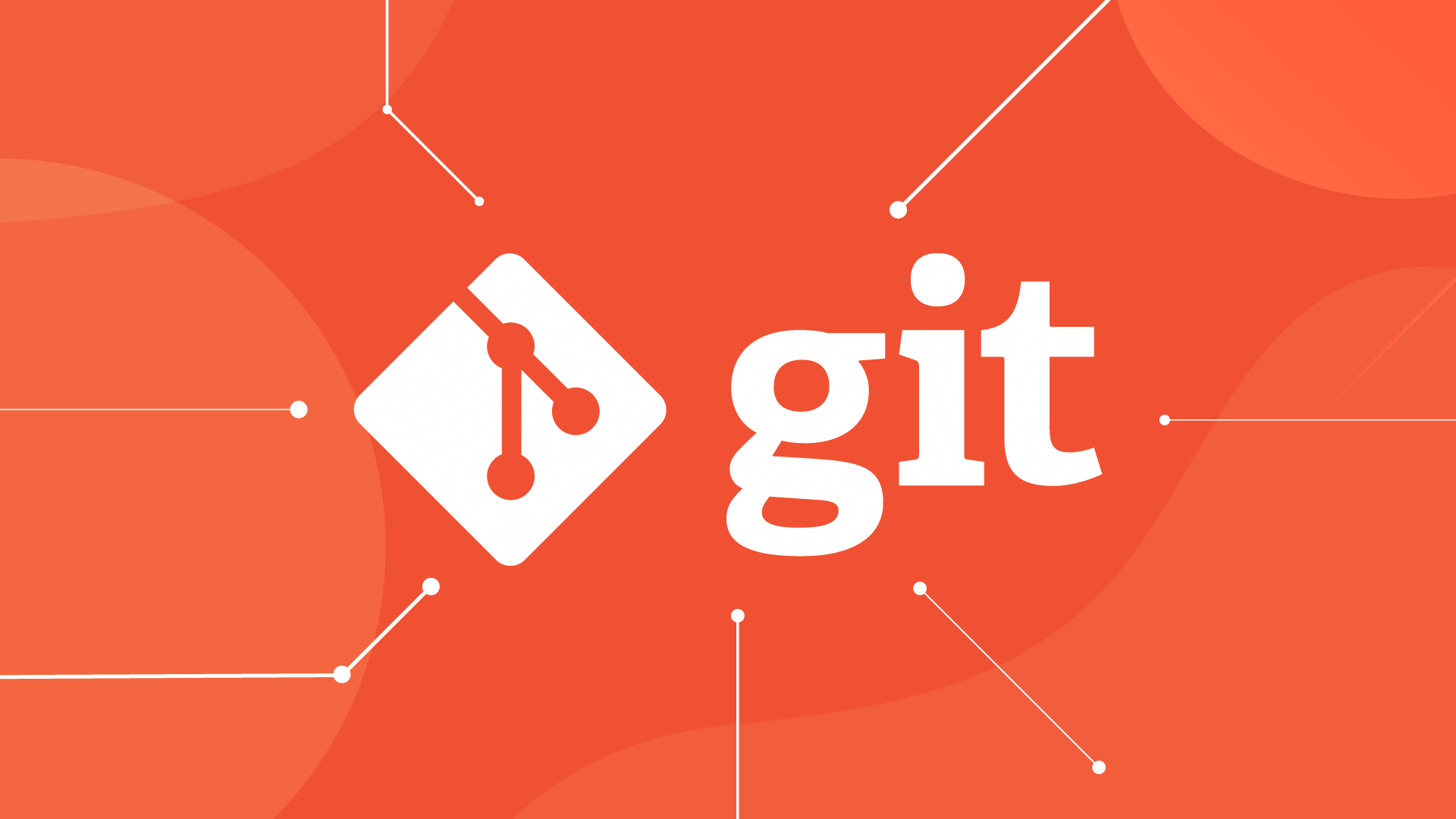How to Untrack a File Already Committed to a Git Repository
Jul 28, 2025 am 01:46 AMTo correctly stop tracking committed files, the following steps are required: 1. Use git rm --cached <filename> to remove files from the Git index but keep local files, use git rm -r --cached <folder> for the directory; 2. Add the file to .gitignore to prevent future retracking, and submit changes to .gitignore through echo "

If you've accidentally committed a file to a Git repository that you don't want tracked—like config files, credentials, or build artifacts—you can stop Git from tracking it going forward. However, just adding it to .gitignore won't remove it from the repository history. Here's how to properly untrack a file already committed.

1. Remove the File from Git (But Keep It Locally)
Use git rm --cached to remove the file from Git's index without deleting it from your working directory:
git rm --cached <filename>
For example:

git rm --cached config.env
This tells Git to stop tracking the file, but keeps it on your machine.
? Use
git rm -r --cached <folder>for directories.
2. Update .gitignore to Prevent Future Tracking
Even after removing the file from Git, you should add it to .gitignore so it doesn't get accidentally re-added later:
echo "<filename>" >> .gitignore git add .gitignore
Example:
echo "config.env" >> .gitignore git add .gitignore
Now Git will ignore future changes to this file.
3. Commit the Changes
Commit the removal of the file and the updated .gitignore :
git commit -m "Stop tracking <filename> and add to .gitignore"
4. (Optional) Remove from All Branches and History
If the file contains sensitive data (like passwords), simply untracking it isn't enough—its history remains in the repo. You'll need to rewrite history to fully remove it.
Use git filter-branch or the safer, modern tool BFG Repo-Cleaner , or git filter-repo :
Using git filter-repo (recommended):
pip install git-filter-repo # Install if needed git filter-repo --path <filename> --invert-paths
This removes the file from all commits in history.
?? Warning: Rewriting history affects collaboration. If the repo is shared, coordinate with your team.
After cleaning, force-push:
git push origin main --force
What Happens to the File After Untracking?
- ? Stays on your local machine
- ? No longer tracked in future commits
- ? Other developers will see it removed on their next
git pullunless they've made local changes
?? If others have local changes to the file, they may encounter conflicts or lose changes. Communication before untracking shared files.
Summary
To untrack a committed file:
- ? Use
git rm --cached <file></file>to stop tracking - ? Add the file to
.gitignore - ? Commit the change
- ? For sensitive data, use
git filter-repoto purge from history
Basically, .gitignore only prevents future tracking—removing already tracked files require active steps. Once done, the file stays on disk but disappears from version control.
The above is the detailed content of How to Untrack a File Already Committed to a Git Repository. For more information, please follow other related articles on the PHP Chinese website!

Hot AI Tools

Undress AI Tool
Undress images for free

Undresser.AI Undress
AI-powered app for creating realistic nude photos

AI Clothes Remover
Online AI tool for removing clothes from photos.

Clothoff.io
AI clothes remover

Video Face Swap
Swap faces in any video effortlessly with our completely free AI face swap tool!

Hot Article

Hot Tools

Notepad++7.3.1
Easy-to-use and free code editor

SublimeText3 Chinese version
Chinese version, very easy to use

Zend Studio 13.0.1
Powerful PHP integrated development environment

Dreamweaver CS6
Visual web development tools

SublimeText3 Mac version
God-level code editing software (SublimeText3)
 How do I view the commit history of my Git repository?
Jul 13, 2025 am 12:07 AM
How do I view the commit history of my Git repository?
Jul 13, 2025 am 12:07 AM
To view Git commit history, use the gitlog command. 1. The basic usage is gitlog, which can display the submission hash, author, date and submission information; 2. Use gitlog--oneline to obtain a concise view; 3. Filter by author or submission information through --author and --grep; 4. Add -p to view code changes, --stat to view change statistics; 5. Use --graph and --all to view branch history, or use visualization tools such as GitKraken and VSCode.
 How do I delete a Git branch?
Jul 13, 2025 am 12:02 AM
How do I delete a Git branch?
Jul 13, 2025 am 12:02 AM
To delete a Git branch, first make sure it has been merged or no retention is required. Use gitbranch-d to delete the local merged branch. If you need to force delete unmerged branches, use the -D parameter. Remote branch deletion uses the gitpushorigin-deletebranch-name command, and can synchronize other people's local repositories through gitfetch-prune. 1. To delete the local branch, you need to confirm whether it has been merged; 2. To delete the remote branch, you need to use the --delete parameter; 3. After deletion, you should verify whether the branch is successfully removed; 4. Communicate with the team to avoid accidentally deleting shared branches; 5. Clean useless branches regularly to keep the warehouse clean.
 Can I buy Dogecoin in the currency circle? How to identify scam items?
Jul 10, 2025 pm 09:54 PM
Can I buy Dogecoin in the currency circle? How to identify scam items?
Jul 10, 2025 pm 09:54 PM
The "Dogcoin" in the currency circle usually refers to newly issued cryptocurrencies with extremely low market value, opaque project information, weak technical foundation or even no practical application scenarios. These tokens often appear with high-risk narratives.
 How do I add a subtree to my Git repository?
Jul 16, 2025 am 01:48 AM
How do I add a subtree to my Git repository?
Jul 16, 2025 am 01:48 AM
To add a subtree to a Git repository, first add the remote repository and get its history, then merge it into a subdirectory using the gitmerge and gitread-tree commands. The steps are as follows: 1. Use the gitremoteadd-f command to add a remote repository; 2. Run gitmerge-srecursive-no-commit to get branch content; 3. Use gitread-tree--prefix= to specify the directory to merge the project as a subtree; 4. Submit changes to complete the addition; 5. When updating, gitfetch first and repeat the merging and steps to submit the update. This method keeps the external project history complete and easy to maintain.
 How to identify fake altcoins? Teach you to avoid cryptocurrency fraud
Jul 15, 2025 pm 10:36 PM
How to identify fake altcoins? Teach you to avoid cryptocurrency fraud
Jul 15, 2025 pm 10:36 PM
To identify fake altcoins, you need to start from six aspects. 1. Check and verify the background of the materials and project, including white papers, official websites, code open source addresses and team transparency; 2. Observe the online platform and give priority to mainstream exchanges; 3. Beware of high returns and people-pulling modes to avoid fund traps; 4. Analyze the contract code and token mechanism to check whether there are malicious functions; 5. Review community and media operations to identify false popularity; 6. Follow practical anti-fraud suggestions, such as not believing in recommendations or using professional wallets. The above steps can effectively avoid scams and protect asset security.
 What is Useless Coin? Overview of USELESS currency usage, outstanding features and future growth potential
Jul 24, 2025 pm 11:54 PM
What is Useless Coin? Overview of USELESS currency usage, outstanding features and future growth potential
Jul 24, 2025 pm 11:54 PM
What are the key points of the catalog? UselessCoin: Overview and Key Features of USELESS The main features of USELESS UselessCoin (USELESS) Future price outlook: What impacts the price of UselessCoin in 2025 and beyond? Future Price Outlook Core Functions and Importances of UselessCoin (USELESS) How UselessCoin (USELESS) Works and What Its Benefits How UselessCoin Works Major Advantages About USELESSCoin's Companies Partnerships How they work together
 What is the code number of Bitcoin? What style of code is Bitcoin?
Jul 22, 2025 pm 09:51 PM
What is the code number of Bitcoin? What style of code is Bitcoin?
Jul 22, 2025 pm 09:51 PM
As a pioneer in the digital world, Bitcoin’s unique code name and underlying technology have always been the focus of people’s attention. Its standard code is BTC, also known as XBT on certain platforms that meet international standards. From a technical point of view, Bitcoin is not a single code style, but a huge and sophisticated open source software project. Its core code is mainly written in C and incorporates cryptography, distributed systems and economics principles, so that anyone can view, review and contribute its code.
 Completed python blockbuster online viewing entrance python free finished website collection
Jul 23, 2025 pm 12:36 PM
Completed python blockbuster online viewing entrance python free finished website collection
Jul 23, 2025 pm 12:36 PM
This article has selected several top Python "finished" project websites and high-level "blockbuster" learning resource portals for you. Whether you are looking for development inspiration, observing and learning master-level source code, or systematically improving your practical capabilities, these platforms are not to be missed and can help you grow into a Python master quickly.







